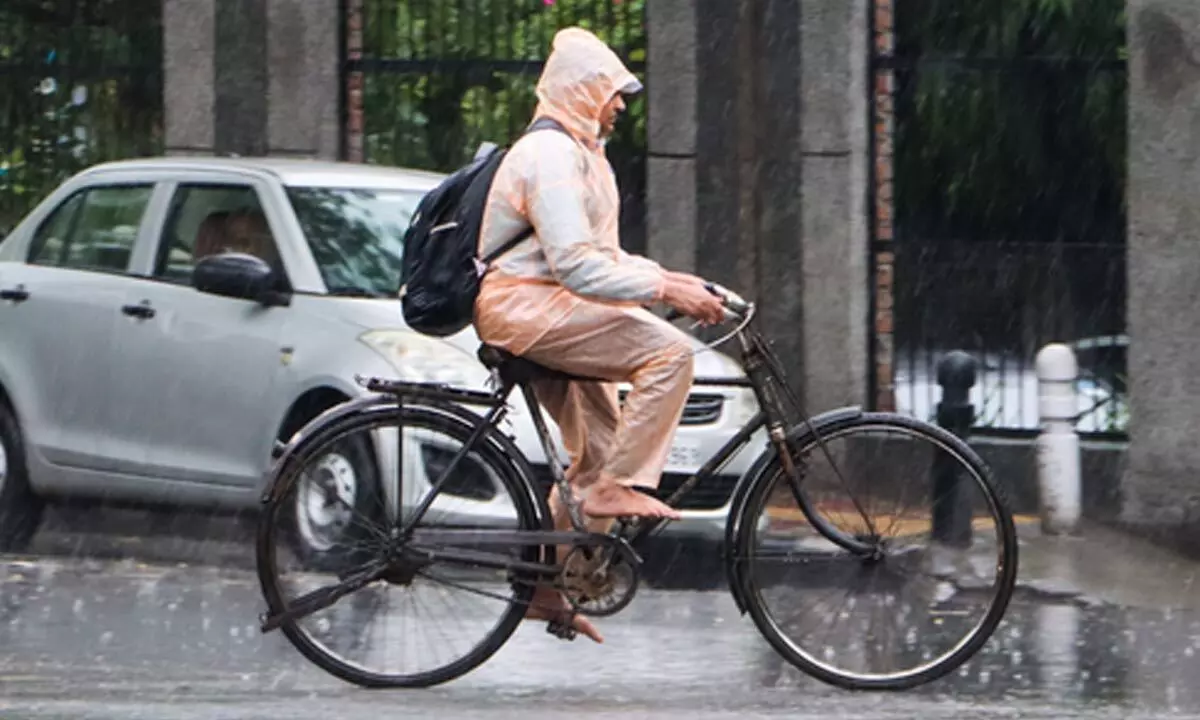Live
- IPL 2025 Auction: 13-year-old Vaibhav Suryavanshi becomes youngest player to be signed in tournament's history
- About 62 lakh foreign tourists arrived in India in 8 months this year: Govt
- IPL 2025 Auction: Gujarat bag Sherfane Rutherford for Rs 2.60 cr; Kolkata grab Manish Pandey for Rs 75 lakh
- Assam CM meets Governor, cabinet expansion on the cards
- IPL 2025 Auction: RCB buy Jacob Bethell for Rs 2.6 cr; Ellis sold to CSK for Rs 2 crore
- Commercial coal mines register highest-ever single day dispatches at 0.62 million tonnes
- More German companies adopting AI applications: statistics
- NASA Issues Warning About 170-Foot Asteroid Heading Towards Earth at 47,644 KM/H
- One killed, three injured in cargo plane crash near Vilnius airport
- PM Modi opens global cooperative meet, launches UN International Year of Cooperatives 2025








